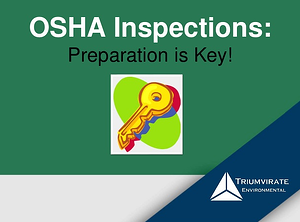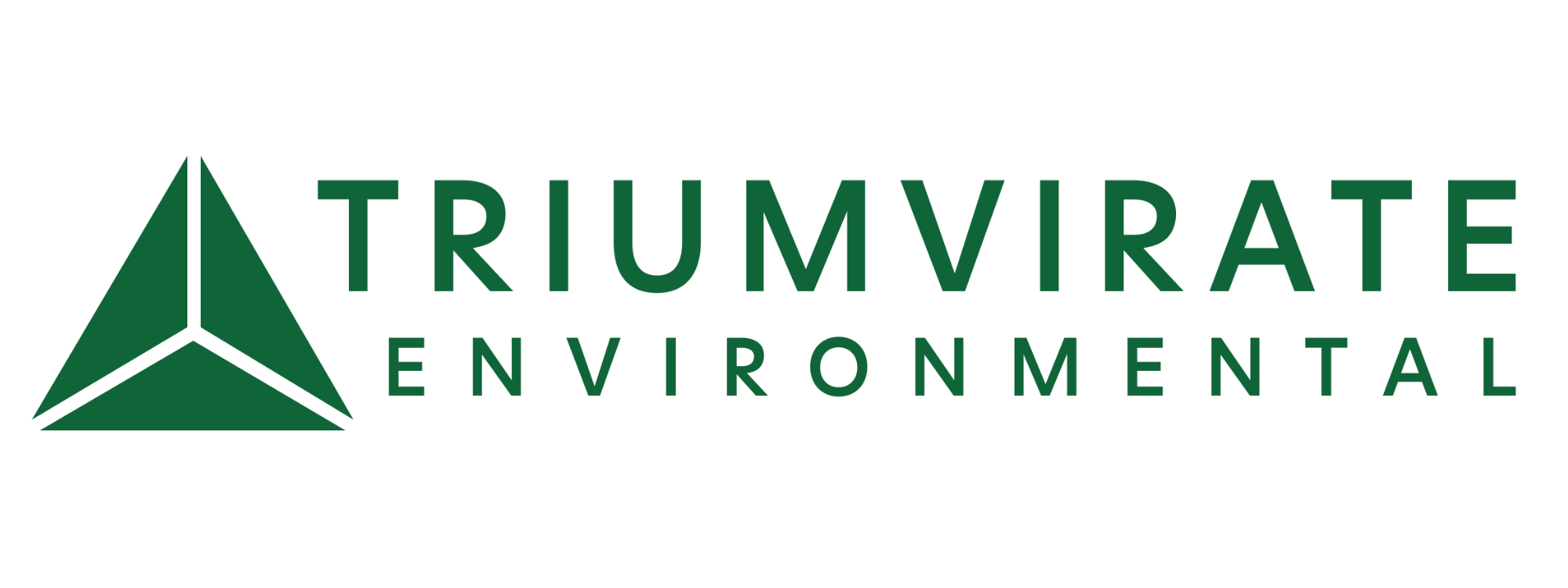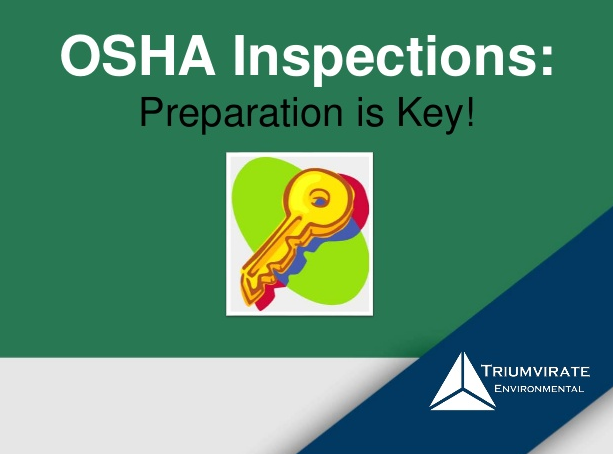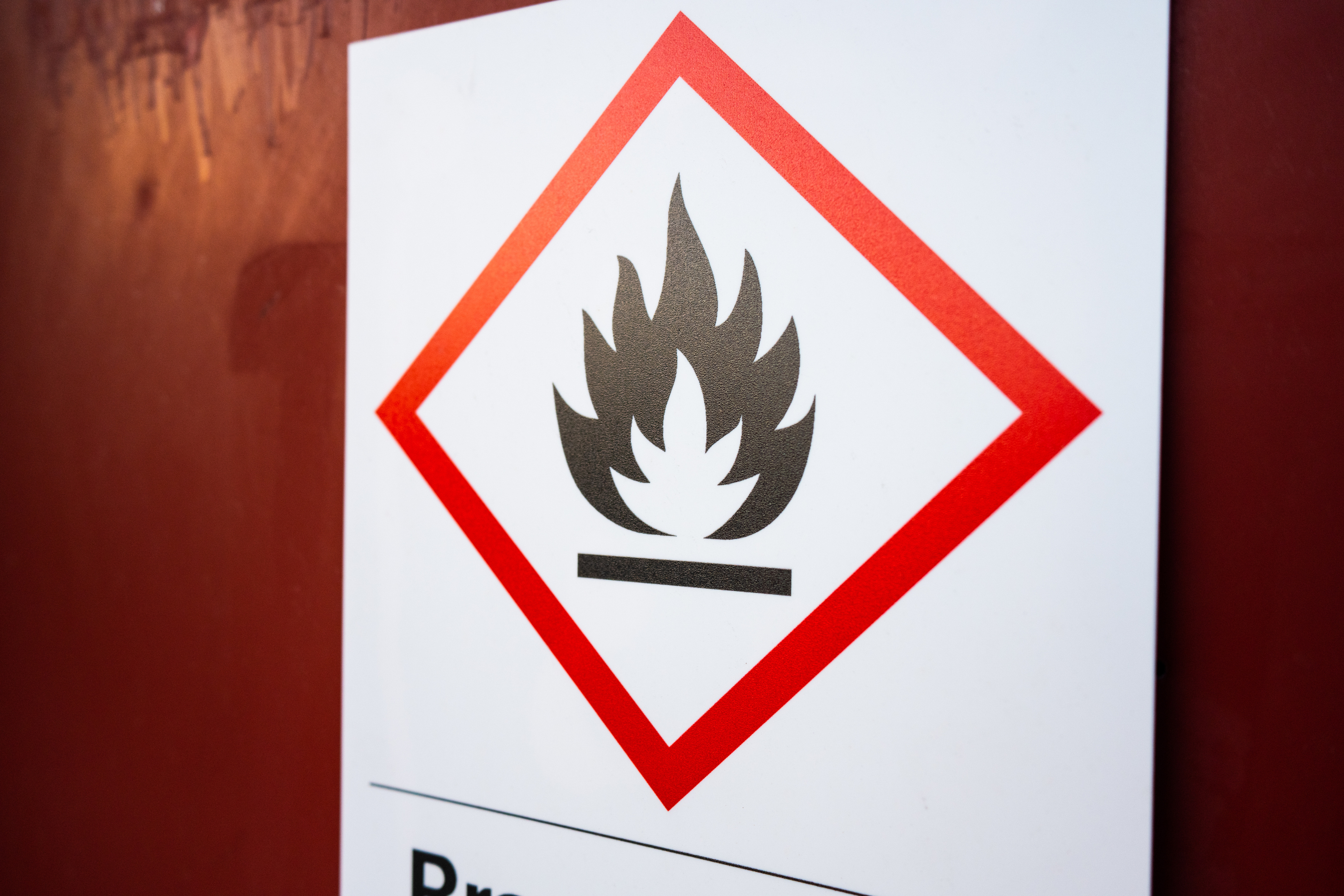Prepare For an OSHA Inspection: Printable Presentation
 The text on this page is based on a transcription of an OSHA Inspection Preparation Webinar given by industry expert Rick Foote. This script addresses everything from plan creation to best practices during an audit. This blog post is an exerpt of the script focused on forming a preparedness committee. For a complete transcription as well as a printable option, click on the link at the bottom of the page.
The text on this page is based on a transcription of an OSHA Inspection Preparation Webinar given by industry expert Rick Foote. This script addresses everything from plan creation to best practices during an audit. This blog post is an exerpt of the script focused on forming a preparedness committee. For a complete transcription as well as a printable option, click on the link at the bottom of the page.
With anything, preparation is the always the key. If you are prepared, you should not worry about OSHA knocking at your door. That’s what we’re going to talk about now is what we can do to prepare for that
.One of the first things that we always recommend is to form an actual committee. The committee should consist of numerous different people from your different departments within each of your facilities. I know we have representations from all different types of companies and universities etcetera. So I tried to summarize here, different groups because each one of them will have some significance to your program because as we all know EHS managers, facility managers, purchasing managers or whoever you are, there are other people in your organization that can also help you with some of your OSHA compliance.
For example, like your facilities department, OSHA may have questions around your ventilation systems so it’s always a good thing to know that is, “Okay, how does that work?” They can easily answer your questions for you or when OSHA has that question, you know who to refer to. These are just the few people, so the idea here is to set up an escort committee. We used the word ‘escort’ because these are the people that maybe involved during the incident, during the inspection I should say, and you want to have them well prepared in advance.
You also want to organize all of your internal resources and that includes figuring out what are you going to do and how are you going to do it. Especially around logistics and planning, you should have an idea of, “How can we take them through the facility? What if they comment for one specific complaint that somebody may have?” Because everybody ask that question, “How do we get inspected by OSHA?”
The most common way to get inspected by OSHA is by an employee complaint. We all know that all our employees are extremely happy at our facilities, correct? And usually, that’s what will happen is when an employee have a complaint and then OSHA will come in and look at one specific item. So if that happens how do know on how are you going to take them around the facility, are you going to walk the outside or walk them direct to the facility? If you start showing them around your facility, then they are going to start looking at other things or potentially look at other things in your facility.
You also want to talk about who’s taking the lead, what are the responsibilities, how about communication systems, how are you going to communicate, who’s going to do that, who’s going to be the lead talker, who’s going to seat on the opening conference and closing conference. These are all the things you want to organize well in advance.
If you have an inspection preparedness committee, this will help you to organize and also to facilitate the opening conference. The idea of the opening conference is best serve to really show how good you guys are. You want to show them that, “We’re well organized. We’re all ready for you. You don’t scare us.” And that is always a good thing for an inspector.
The second thing that the preparedness committee can do is works out his schedule with the inspectors with how long they are going to be there. I know of inspections that have gone on for 30 days. Those can be really long. I think you want to know up front and this is something you want to work out, so that you'll know who’s going to be there, who’s not going to be there. You can really set all of that up. You want to coordinate the inspections with different managers within the group. Each person or each company has their own work shifts or task that needs to be completed so you want to set that up with the inspectors to know, “Okay, this is what we’re going to do and when they’re going to do it.” They understand people go on vacation, there are all kinds of other issues that may arise but you already want to have this planned out and how are you going to address it before the inspectors show up.
Obviously, with anything else during the inspections, you want to do daily debriefings, you want to know who’s going to be in that room that day, how many people are there, what are you going to talk about it, how are you going to talk about it, how are you going to record the information that thing you are going to talk about. This is all important because at the end of that day you may decide that you are going to do some type of clean-up of some of the issues in advance so the next day you can show them that we did all of this in advance.
You also want to organize and make sure you can facilitate the closing conference and who’s going to be in there. You always want to have high up, as possible for people within the organizations in there, if it’s the president or the vice president, dean, whatever the titles are at your facility it’s always good to know how you’re going to do it and who you expect to have in that room.
For a complete transcription and a printable version, click the link below.









.png)